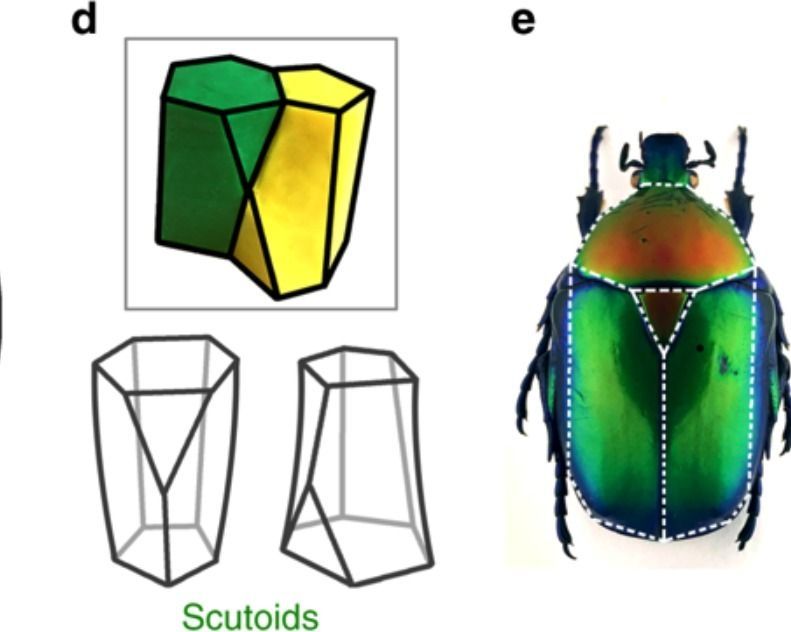Science news is filled with fresh discoveries of all kinds of things. It seems like every day there’s a new dinosaur, planet, or ancient creature being brought back to life. Now, researchers are announcing the discovery of another new thing, but this time it’s a new… shape.
Just like the other “new” things that science brings us, the term “new” itself is relative. Just like the long-dead dinosaurs and incredibly-old planets being discovered on a regular basis, this new shape has been around for a while, but researchers are just now studying and describing it in detail. It’s called a “scutoid” and it’s actually pretty cool.
Don’t Miss : Hurry: AirPods are back in stock with a very rare discount on Amazon.









